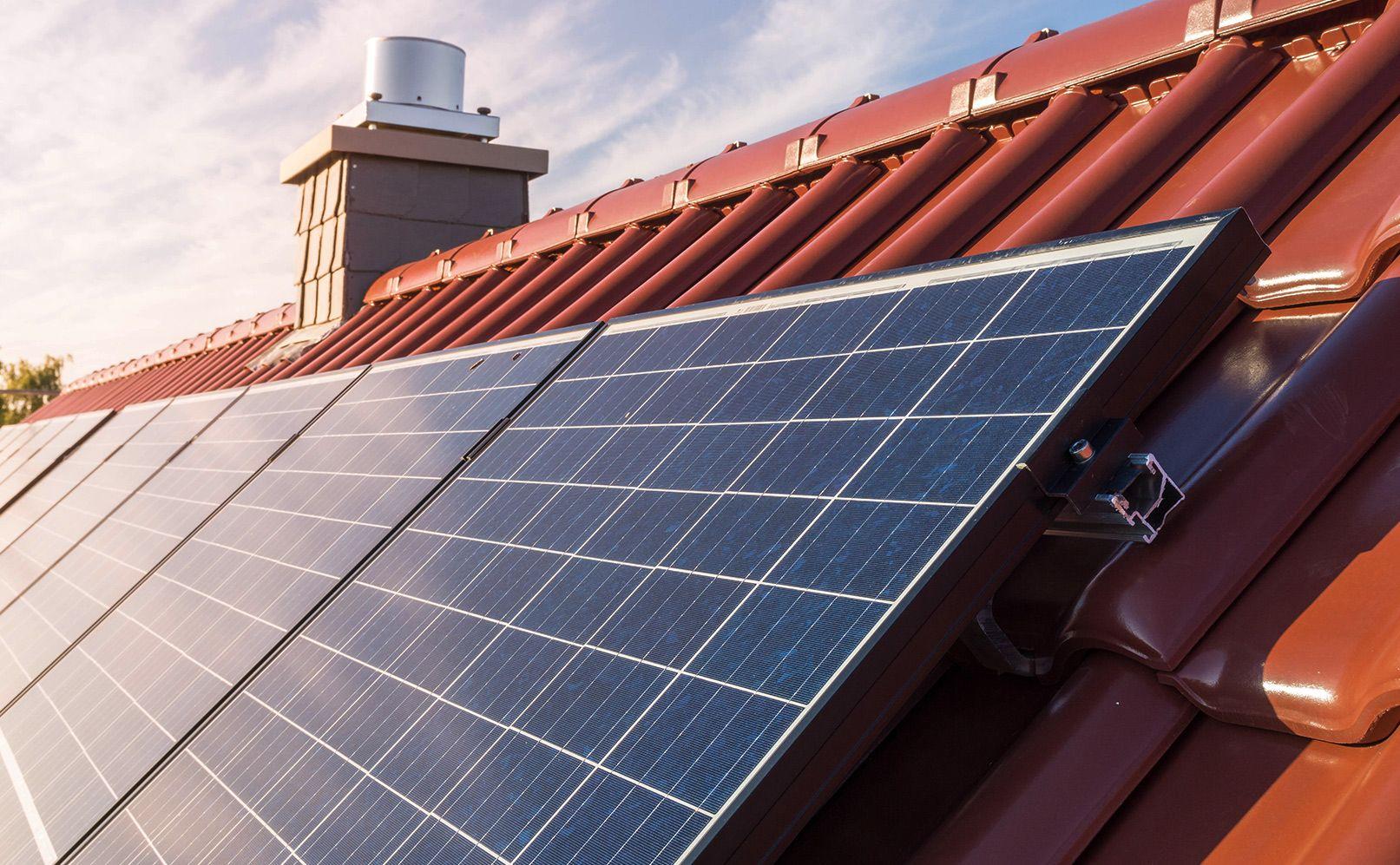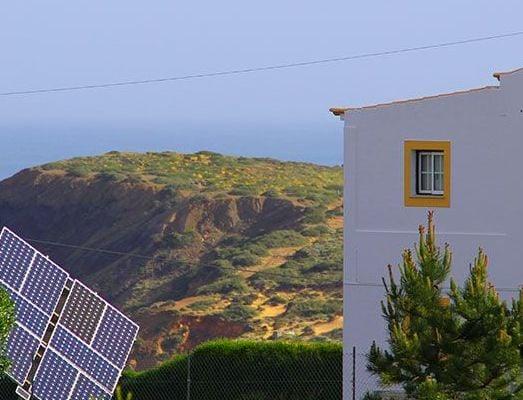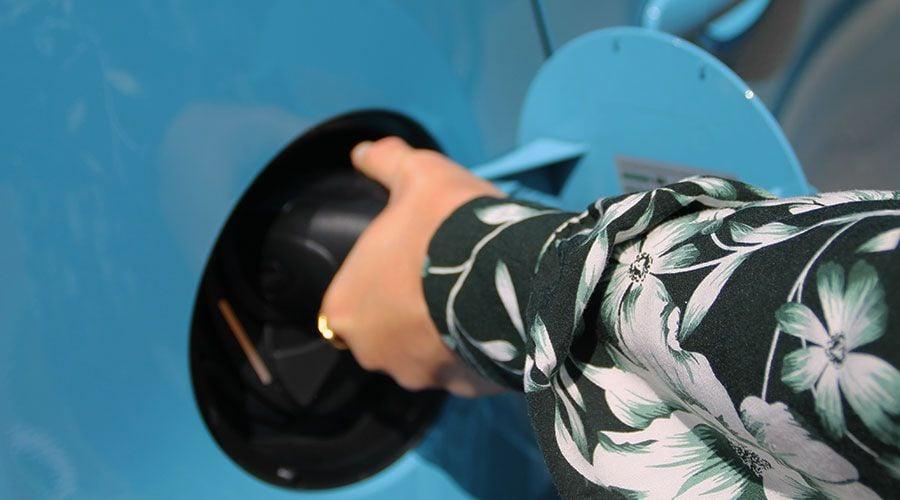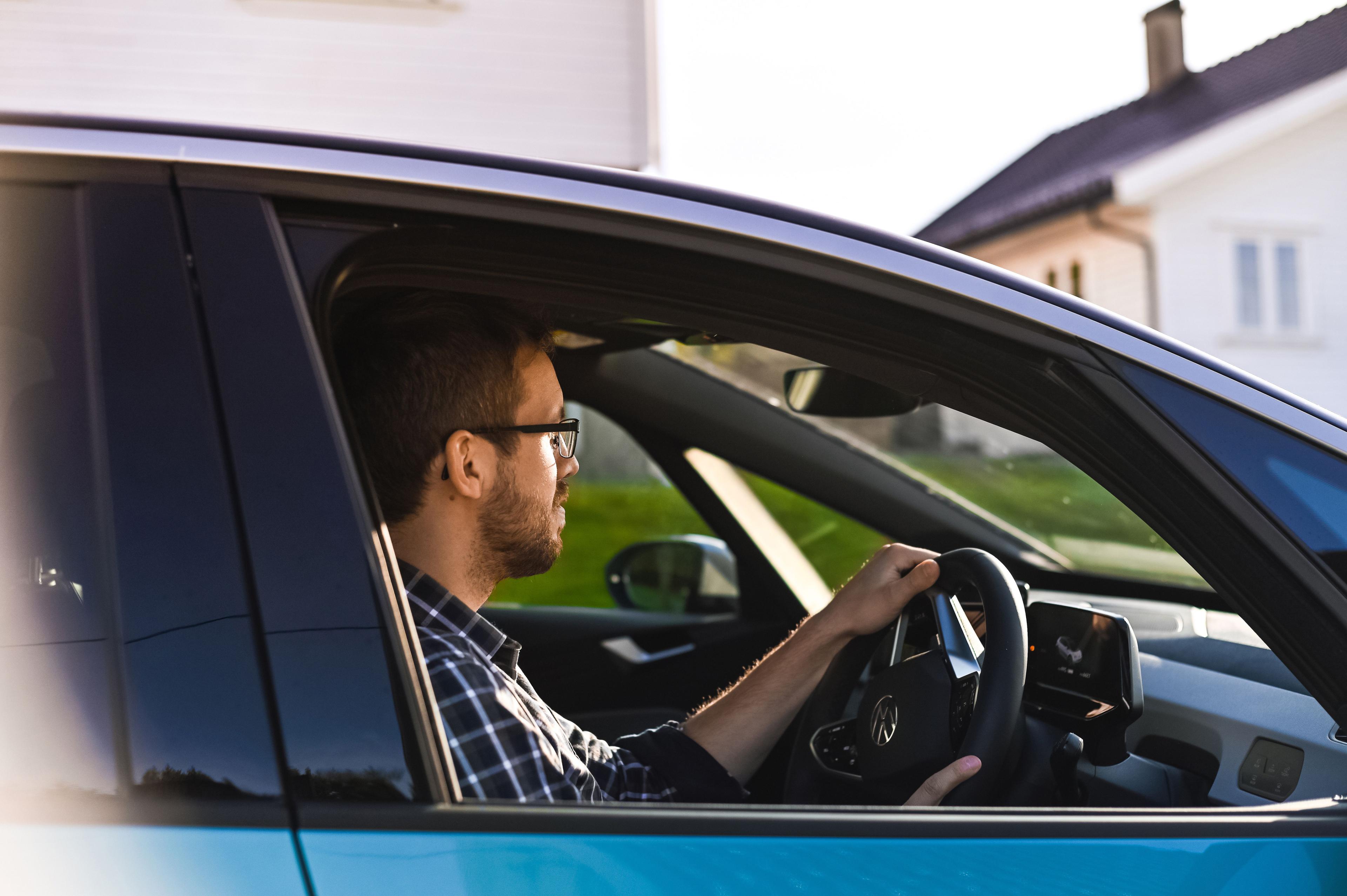Charging an electric car with solar-powered electricity: How do I save money?
In light of feed-in tariffs declining and electricity costs rising,
self-consumption of photovoltaic electricity is becoming increasingly
important. Instead of feeding the electricity you’ve produced yourself into
the grid for a low profit*, you should consume or temporarily store as much
electricity as possible yourself.
The savings for each
self-consumed kilowatt hour today is up to 26 ct., since you don’t have to
purchase expensive electricity from the grid (electricity costs: up to 33
ct/kWh) or store your self-produced PV electricity temporarily in the power
grid at high cost.
Flexible consumers play an important role in
being able to use as much of your self-generated electricity as possible.
An
electric car is particularly well suited to this purpose, since an electric
vehicle is usually stationary for far longer (22 hours per day on average)
than it is charging. This means your electric vehicle can be flexibly charged
at a time that suits you, helping to ensure that as much of the PV electricity
you generate yourself can be used.
* The feed-in tariff in Germany for new installations in July 2022 is 6.23
ct/kWh for installations generating up to 10 kWp, 6.06 ct/kWh for
installations generating up to 40 kWp and 4.74 ct/kWh for installations
generating up to 100 kWp.
Solar installation for charging your electric car: What are the advantages?
- Increasing PV self-consumption: In light of feed-in tariffs decreasing and electricity prices increasing, it is no longer economical to purely sell PV electricity. You should therefore use or temporarily store as much electricity as possible yourself.
- Cutting costs: Self-generated PV electricity gets your electric car moving at a cheap rate. You save 26 ct/kWh in costs compared to drawing electricity from the grid.
-
Protecting the environment: When you use electricity
generated from renewable energy sources, greenhouse gas emissions can be
reduced by up to 70 % over an electric vehicle’s total useful life.*
* www.fraunhofer.de

Charging an electric car with solar-powered electricity: What do I need for that?
If you’d like to efficiently charge your electric car from your solar installation, you need a system consisting of three components.
Additional meter
- Installed behind the ESC meter; measures the surplus electricity.
- Passes this data on to the smart control system.
Smart control system
- Processes this data; uses the data to create the charging strategy. Also considers other factors (departure time, desired state of charge, etc.)
- Passes the charging strategy on to the charging station.
Charging station
- Implements the smart control system’s charging strategy and communicates with the vehicle.
Your system doesn’t necessarily have to comprise three separate pieces of hardware. Some charging stations already have the smart control system integrated, enabling them to create their very own charging strategies. If your charging station does not have a smart control system, you can use a solar manager (also known as an “energy manager”). It processes the data from the auxiliary meter and develops the strategies for several consumers.
The schematic diagram below shows the PV installation’s potential consumers. In addition to the charging station, the home and electricity storage device can also be connected to the solar-powered electricity. In the future, the electric car will even be able to replace the domestic electricity storage device shown here. This technology is known as Vehicle-to-Home (V2H).
Supplying your electric car and private household with solar-powered electricity
Charging solutions for charging with solar-powered electricity
To find the right charging solution for charging with solar-powered electricity, it’s helpful to figure out which of the above items you already have, and which ones you still need. If you already have individual components at your disposal, you must take special care to ensure that new individual parts are compatible with your existing system.
Looking for a charging station that’s compatible with your existing system? We offer individual components that will complement your system perfectly.



